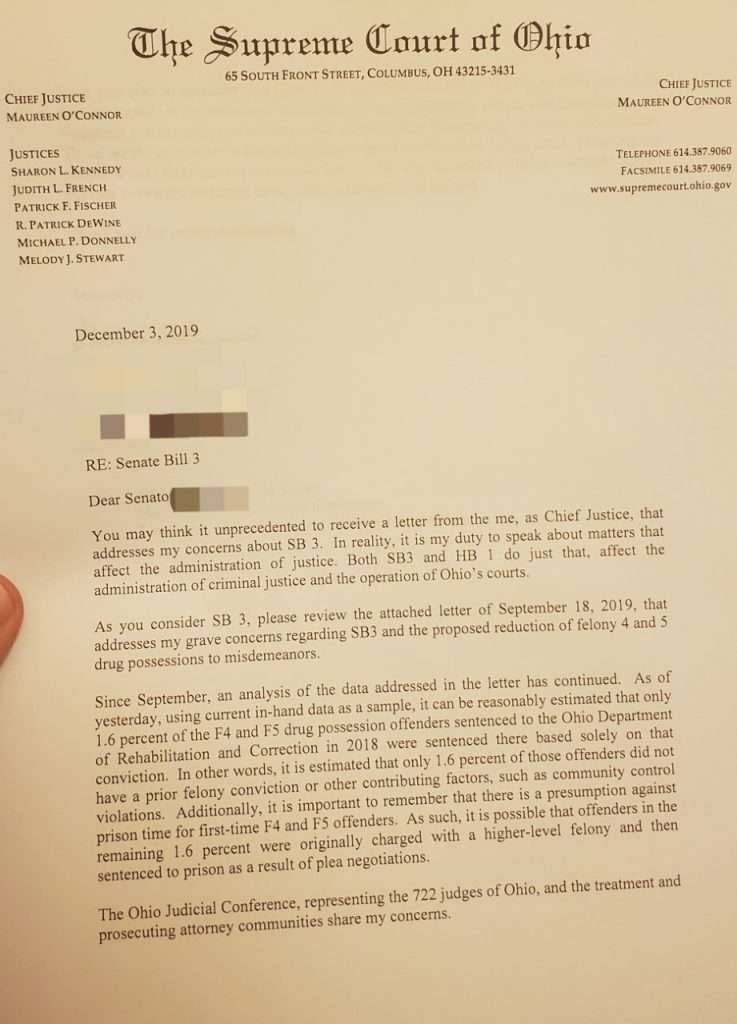The fourth paragraph of a recent New York Times story about vaping on college campuses notes “a growing health crisis that has killed more than 50 people and injured more than 2,500,” which it says led Congress to raise the minimum purchase age for e-cigarettes to 21. Later the Times notes that the deaths and injuries are “largely attributed to vaping products containing THC.” But that inconvenient fact does not stop the Times from conflating college students’ nicotine vaping—the main subject of the story—with vaping of potentially deadly black-market cannabis products.
That sort of misleading reporting remains sadly common despite the mounting evidence implicating vitamin E acetate, a cutting and thickening agent that began showing up in illegal THC products this year, in the recent outbreak of vaping-related respiratory illnesses. Two days before the Times published its story, The New England Journal of Medicine published the results of a study that strengthens the case against that additive, which is not found in legal e-cigarettes.
Researchers at the U.S. Centers for Disease Control and Prevention (CDC) analyzed lung fluid from 51 patients with “probable or confirmed” vaping-related respiratory conditions and found vitamin E acetate in 48, or 94 percent. As Boston University public health professor Michael Siegel notes, “the three cases in which vitamin E acetate was not detected were not confirmed cases, and each had other potential explanations for their illnesses. One had a multi-drug overdose, one had a fungal infection, and one may have had a bacterial lung infection.”
These results, based on cases from 16 states, are similar to the findings of a November 15 CDC study that found vitamin E acetate in every lung fluid sample from 29 patients in 10 states. The new study also examined lung fluid samples from 99 healthy subjects, including 18 “exclusive users of nicotine-containing e-cigarette products,” and found no vitamin E acetate. The study “provides evidence,” the researchers say, that vaping products “can deliver vitamin E acetate to respiratory epithelial-lining fluid, the presumed site of injury in the lung.” In light of this study and earlier findings, the CDC is now describing vitamin E acetate as “closely associated” with the lung injuries.
The NEJM study, which tested 47 lung fluid samples for THC, also provides further evidence that self-reports may not be reliable in identifying which patients have consumed cannabis extracts. “THC or its metabolites were detected in BAL [bronchoalveolar-lavage] fluid samples from 40 of 47 patients,” the researchers report. “A total of 9 of 11 patients who reported no use of THC-containing e-cigarette products in the 90 days before the onset of illness had detectable THC or its metabolites in their BAL fluid. Among the patients who had available laboratory data or who reported product use, 47 of 50 (94%) had detectable THC or its metabolites in BAL fluid or reported vaping THC products in the 90 days before the onset of illness.”
As a CDC official noted after the earlier BAL study, THC would not necessarily be detectable in the lung fluid of patients who had consumed it. Without urine testing, it’s impossible to confirm the self-reports of patients who deny using cannabis products, possibly because they are reluctant to admit illegal drug use.
The researchers suggest two ways in which vitamin E acetate, which was first publicly identified as a potential lung disease culprit in early September, might be causing patients’ symptoms (endnotes omitted):
Although the ingestion and dermal application of vitamin E acetate have not generally been associated with adverse health effects, the safety of inhaling vitamin E acetate has received little attention. Vitamin E acetate is the ester of vitamin E (α-tocopherol) and acetic acid. The structure shows a long aliphatic tail that can penetrate a layer of surfactant to align the molecule in parallel with phospholipids. Phosphatidylcholines undergo transition from a gel to a liquid crystalline phase when exposed to increasing amounts of tocopherols, such as vitamin E acetate. Transitioning to a liquid crystalline phase would cause the surfactant to lose its ability to maintain the surface tension that is necessary to support respiration in the lung, thus providing a possible mechanism by which vitamin E acetate could cause respiratory dysfunction.
Another potential harmful effect of vitamin E acetate that may contribute to lung injury occurs when it is heated in e-cigarette products. Heating vitamin E acetate in these devices may create ketene by splitting off the acetate group from some or all of the vitamin E acetate. Ketene is a reactive compound that has the potential to be a lung irritant, depending on concentration.
While the researchers caution that “the causative agents” responsible for the lung disease outbreak “have not been established,” the evidence so far overwhelmingly points to relatively new additives or contaminants in black-market cannabis extracts, as opposed to legal nicotine e-liquids. Yet leading media outlets such as The New York Times continue to imply that nicotine-delivering e-cigarettes might be causing the lung injuries, suggesting that policies like raising the legal vaping age or banning flavored e-liquids are logical responses instead of panicky non sequiturs.
from Latest – Reason.com https://ift.tt/34WdT85
via IFTTT


